
Up until a few weeks ago, you would never have paused to consider the existential threat posed by a door knob. You touched railings, elevator buttons, and your face with abandon, and the only worry you had about public transport was the crush of the crowd.
Things have changed now – for all of us.
Stress and anxiety are outpacing the virus.
Contents
The change is necessary, and some stress and anxiety are to be expected. But something else is happening.
In many ways, coronavirus anxiety has outpaced the virus itself. People have emptied convenience-store shelves of hand sanitizer, rubbing alcohol, and surgical masks.
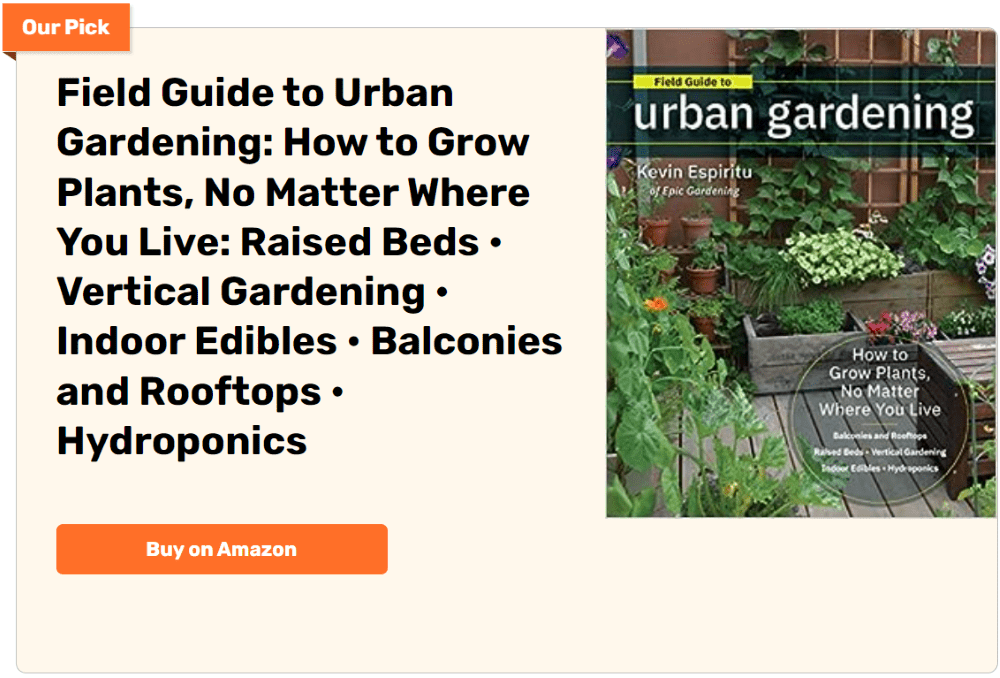
People worry themselves miserable, locked away in their homes, wondering whether each cough, each sniffle is the dreaded harbinger. For many, there isn’t much else left to do.
Is now really a good time to garden?
Of course, it is. Gardening won’t address all our problems, but working with plants is a well-known stress reliever. Scientists have undertaken countless studies on the subject.
For instance, in 2011, Neuroscience Journal described research showing that a beneficial bacterium common in soil, Mycobacterium vaccae, triggers the release of serotonin in the human body. The serotonin elevates mood and decreases anxiety.
The fact is that the world of gardening offers something for everyone – especially now.
Here are some suggestions that might help you enjoy its stress-relieving benefits.
1. Work on houseplants.
Take this free time to work on your houseplants. They might need re-potting or trimming. Remove yellow or brown leaves and debris from the soil. You should add a little fresh soil after cultivating hard-packed soil with a table fork, says Jessica Walliser for Tribe Live. You could even start new houseplants by rooting cuttings.
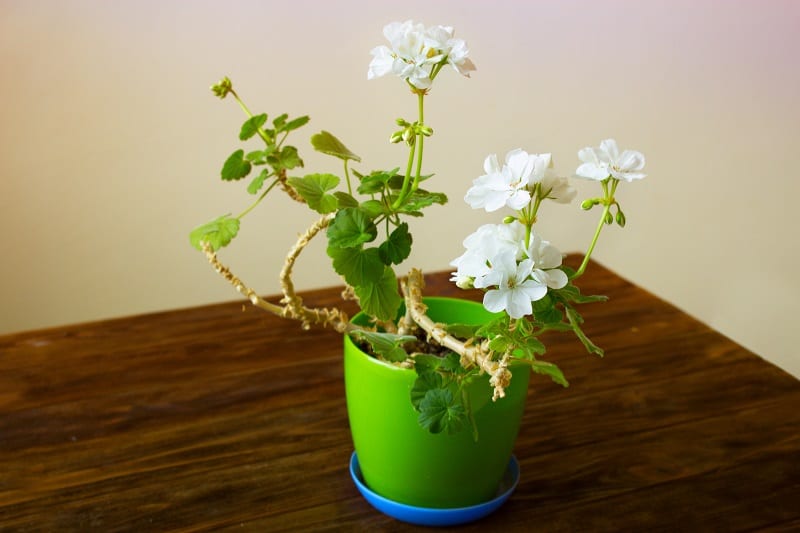
2. Grow your own food.
Now is the perfect time to grow your own food. If you live in a region that experiences some spring frost, plant seeds of peas, lettuce, carrots, beets, spinach, radish, and chard outdoors.
With the exception of peas, all of these plants do well when planted in containers or in the ground.
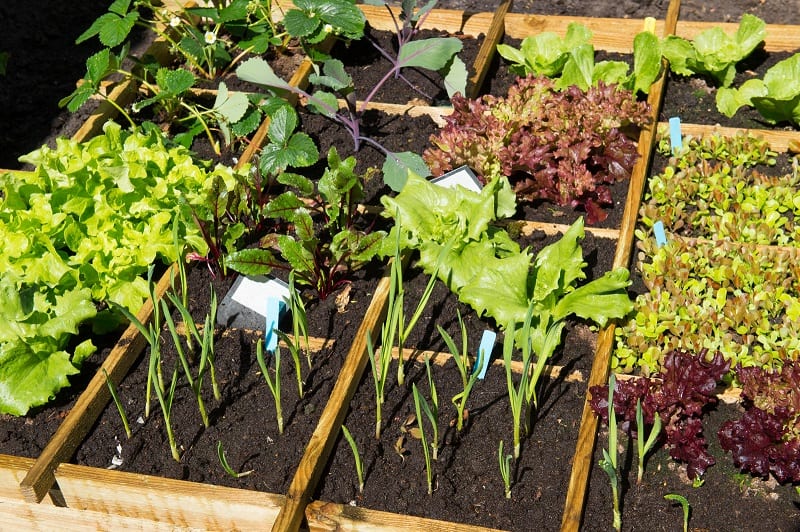
3. Start seeds indoors.
For many, it’s still a few weeks too early to start tomato seeds indoors. But you can certainly start cold-season crops like cabbage, broccoli, lettuce, and kale. Grow them indoors for 3 to 4 weeks then transplant them out into the garden for a homegrown harvest by early summer!

4. Prepare your containers.
Take all your pots out of storage and scrub them with a 10 percent bleach solution to kill any lingering fungal diseases from last season.
Put your containers out where you plan to locate them. If it’s still too cold out, they’ll at least be ready for planting in a few weeks.
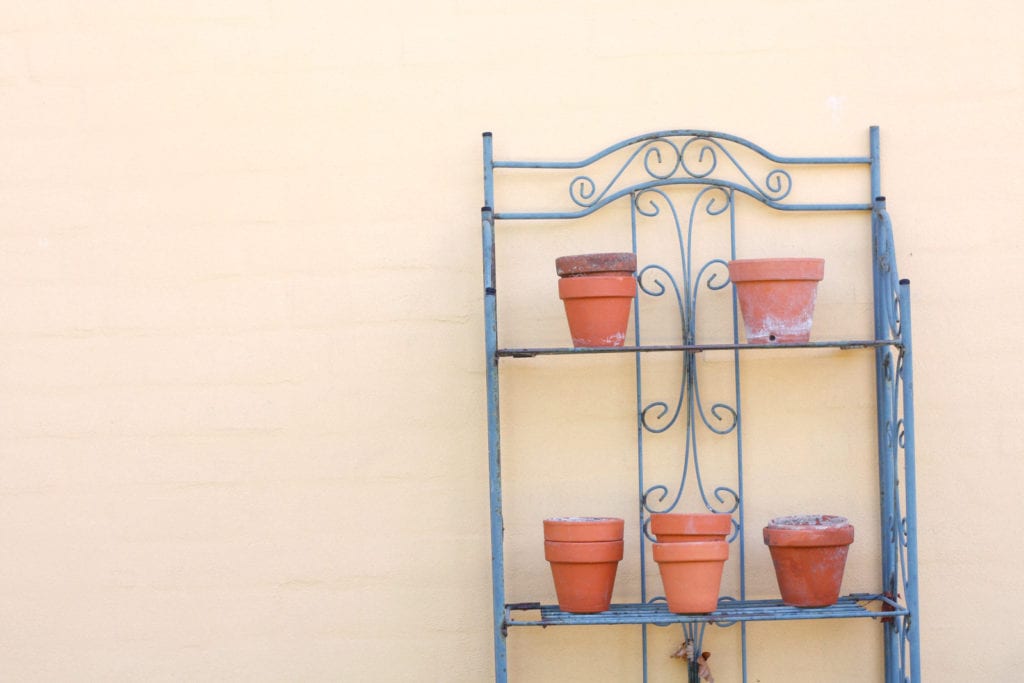
5. Start pruning shrubs.
If you have shrubs in your yard, you can start pruning them before they show signs of new growth. Shrubs can be shaped by selectively shortening branches with hand shears.
You can rejuvenate overgrown shrubs like lilac, spirea, dogwood, and potentilla by cutting back to 6 inches above ground level.
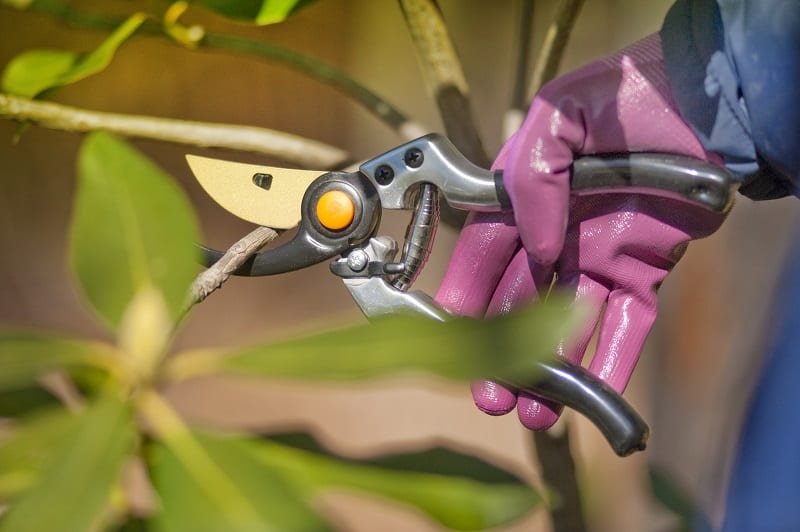
6. Prune your roses.
If you grow roses in your backyard, head out to the garden and trim off any dead stems, overgrown canes, and crossing branches. Roses benefit from a good spring pruning.
A well-pruned rosebush allows room for new growth. Pruning also improves air circulation and helps plants fight disease.
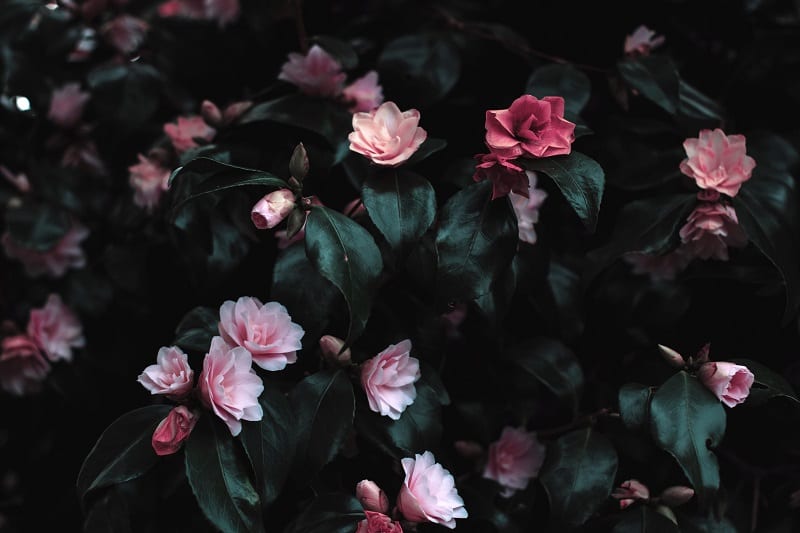
Gardening to Relieve Stress and Anxiety
We’re in the midst of a global pandemic. Cities – and even entire countries – are shutting down. Some of us are in areas that have already seen cases of rising coronavirus infections.
Others are anticipating the worst. And all of us are watching the headlines, wondering, “What’s going to happen next?”
For many people, the uncertainty surrounding the crisis is the hardest thing to handle.

We don’t know how exactly the virus will affect all our lives. That makes it all too easy for anxiety to spiral into overwhelming dread and panic.
But there are many things you can do – even in the face of this horrific crisis – to manage your anxiety and fears.
Before the pandemic swept into our lives, most of us didn’t have time to just sit and enjoy our gardens.
We say now is the perfect time to relax in the yard, watch, listen, and appreciate the beauty of the green world in which we live.
Now you have the time you always wished you had to enjoy nature. It’ll be good for you to lay down some roots.








